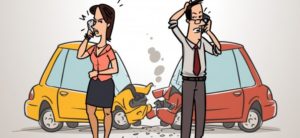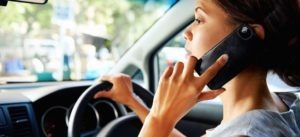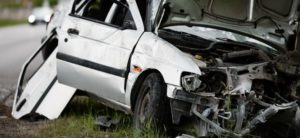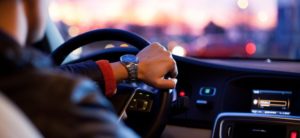Tesla Auto Accidents
Tesla prides itself on developing not only electric vehicles but also vehicles with some of the highest safety ratings that are capable of operating themselves. Tesla vehicles have been prone to recalls. These recalls have varied from hardware to software and included Tesla’s coveted self-driving platform.
Most recalls have been easily repaired or corrected, however, some have led to various accidents that have caused serious injury or death. The latest recall occurred on February 16, 2023, and was related to self-driving technology.
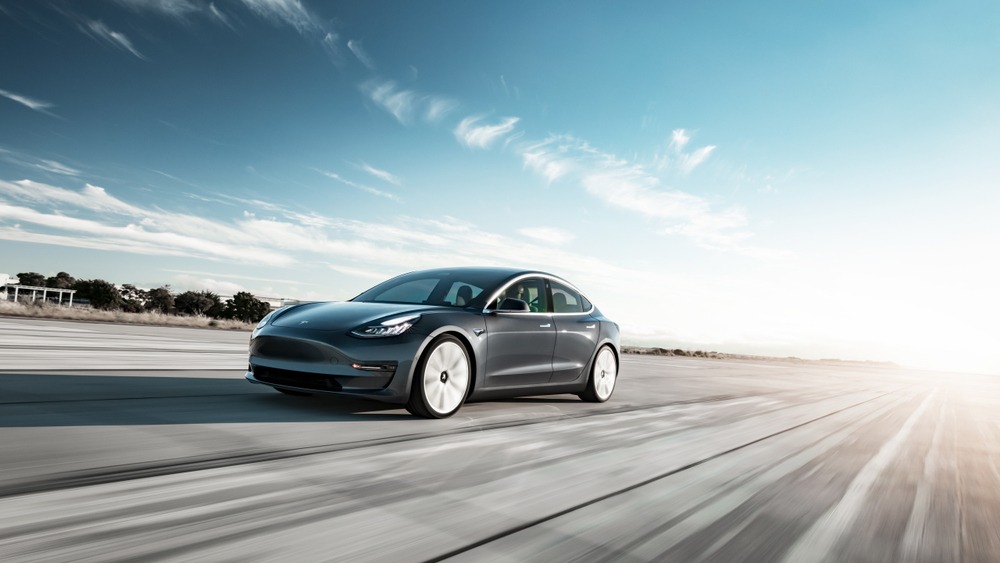
Teslas include many driver-assistance features and even full self-driving mode.
What Is Tesla Autopilot?
Autopilot is a self-driving technology developed by Tesla Motors. This consists of a system of sensors, cameras, and software. Tesla does not advertise this as a fully self-driving vehicle but rather as a driving assistance system.
Tesla, however, also promotes this as safer than a person driving and has expressed the company’s goal of developing fully autonomous cars. This promotion causes conflict as the system is even called Autopilot, which carries the idea of a self-driving car. The website even claims a “Full Self-Driving Capability” when looking into Autopilot.
This system allows the car to self-steer, accelerate, brake, and navigate the road. Another function is the car being “summoned” by a Tesla app, which brings the car to your location. This technology is still very new and is even referred to as being in the “beta” stage by Tesla.
For a free legal consultation, call (725) 900-9000
What Are the Dangers?
As with any new technology, complications and risks are typically involved. The risks can include faulty hardware or software, auto accidents, and overreliance. These risks simply accompany this change in technology, especially in vehicles.
Safeguards against these dangers include things like recalls, routine maintenance, and software updates. Tesla also does testing with all of the data at its disposal. Tesla has moved from just monitoring the data from driving to simulation-driven testing.
Tesla considers that there aren’t enough large auto accidents for their data. So they have resorted to these simulations to gather more data and improve the safety features of autopilot. Tesla still regards the program as safe and viable in today’s transportation industry.
What Types of Accidents Occur?
The majority of accidents the media focused on were accidents involving the self-driving features in newer Tesla models. These accidents include striking pedestrians, other vehicles, or objects, such as trees or poles.
These mishaps were the result of a flaw in the monitoring system or programming, and these faults can cause the vehicle to fail to stop or to drive erratically. One instance resulted in the vehicle rapidly speeding down the road instead of pulling into a parking space. The Tesla struck and killed two people.
Self-driving Teslas have also ignored traffic devices, such as traffic lights and emergency service vehicles, and these accidents have also resulted in deaths. In one instance, a Tesla vehicle failed to recognize an emergency vehicle on the side of the road and caused the death of the driver. These accidents have led to recalls or “updates” as Tesla has put them
Click to contact our personal injury lawyers today
What Is a Recall?
With traditional automobiles, a recall is when a vehicle is required to be returned to a dealership due to a fault. Usually, the fault only requires a part replacement or small maintenance, but in other instances, the recall can be more serious.
With electric vehicles, the standard recall can be possible, but so can a newer version. Tesla vehicles connect to the internet and can be updated without the driver being notified until the update has been completed. Elon Musk, CEO of Tesla, contests these as recalls since it is just a software update, similar to what phones do when new technology is released.
Tesla bolsters their argument by saying that these recalls are such a small update or change that they shouldn’t be recalled. However, the National Transportation Safety Board issues a recall when a feature of a vehicle does not meet safety standards.
Complete a Free Case Evaluation form now
How to Qualify for a Lawsuit?
Qualifying for a lawsuit is pretty simple. You need to have owned or purchased a Tesla vehicle after January 1st, 2016, and that vehicle must have been equipped with self-driving technology. These lawsuits fall under the category of product liability suits.
A lawsuit will also require some form of damage to you, your vehicle, or monetary damages. In this case, the lawsuit can include the deceptive advertising that Tesla has performed in relation to self-driving technology. This advertisement failed to warn of the dangers involved with a Tesla vehicle.
Were You Harmed?
An alternative is to file suit if you were harmed during an accident involving a Tesla vehicle. If the vehicle meets the same requirements, Tesla can be added as a defendant to the lawsuit based on product liability.
Overall, injuries from any auto accident are serious. If you have suffered any injuries from any accidents, not just ones involving a Tesla, call us for a free consultation.
No obligation consultations are always free.
Let Us Help You! Call Now: (725) 900-9000